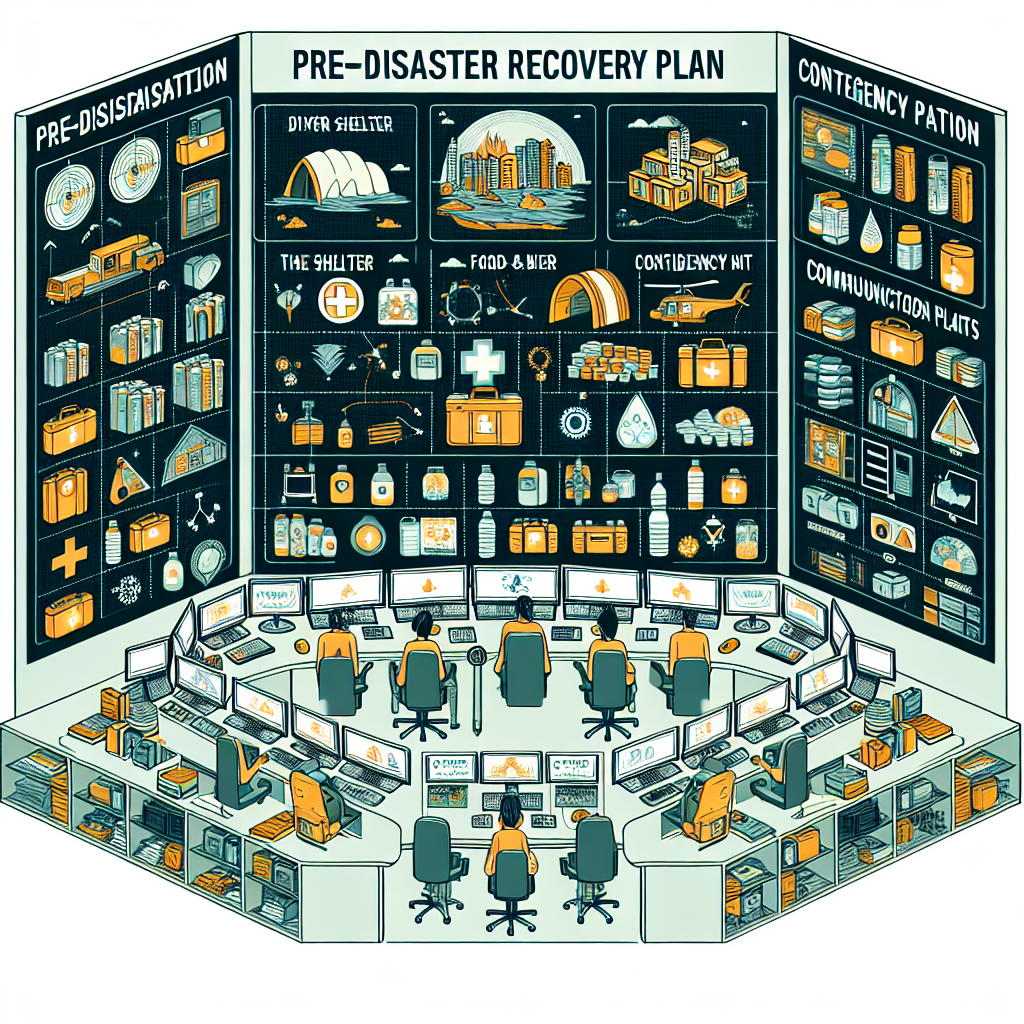Your cart is currently empty!
Preparing for the Unexpected: Implementing a Comprehensive Disaster Recovery Plan

In today’s unpredictable world, it’s more important than ever for businesses to have a comprehensive disaster recovery plan in place. Whether it’s a natural disaster, cyber attack, or any other unforeseen event, being prepared can mean the difference between a minor inconvenience and a major catastrophe.
One of the first steps in creating a disaster recovery plan is to identify potential risks and vulnerabilities in your organization. This could include conducting a risk assessment to determine the likelihood and potential impact of various disasters. By understanding the specific threats your business faces, you can tailor your plan to address those risks effectively.
Next, it’s important to establish clear roles and responsibilities for all employees in the event of a disaster. This includes designating a crisis management team and outlining their specific duties, as well as ensuring that all employees know how to respond in an emergency situation. Communication is key during a crisis, so having a plan in place to keep all stakeholders informed is essential.
Another crucial aspect of a disaster recovery plan is data backup and recovery. In today’s digital age, losing critical data can have devastating consequences for a business. By regularly backing up data and storing it securely off-site, you can ensure that your organization can quickly recover and resume operations in the event of a data breach or loss.
In addition to data backup, it’s also important to have a plan for maintaining essential business functions during a disaster. This could include identifying alternative work locations, securing necessary equipment and supplies, and establishing protocols for remote work. By planning ahead, you can minimize downtime and ensure that your business can continue to operate in the face of adversity.
Finally, regularly testing and updating your disaster recovery plan is essential to its effectiveness. By conducting drills and simulations, you can identify any weaknesses in your plan and make necessary adjustments. It’s also important to stay informed about emerging threats and technologies, so you can adapt your plan to address new challenges.
In conclusion, implementing a comprehensive disaster recovery plan is crucial for businesses of all sizes. By identifying risks, establishing clear roles and responsibilities, backing up data, maintaining essential functions, and testing and updating your plan regularly, you can ensure that your organization is prepared for the unexpected. Don’t wait until disaster strikes – start planning today to protect your business and its future.

Leave a Reply